High Protein Vegetarian Foods in India
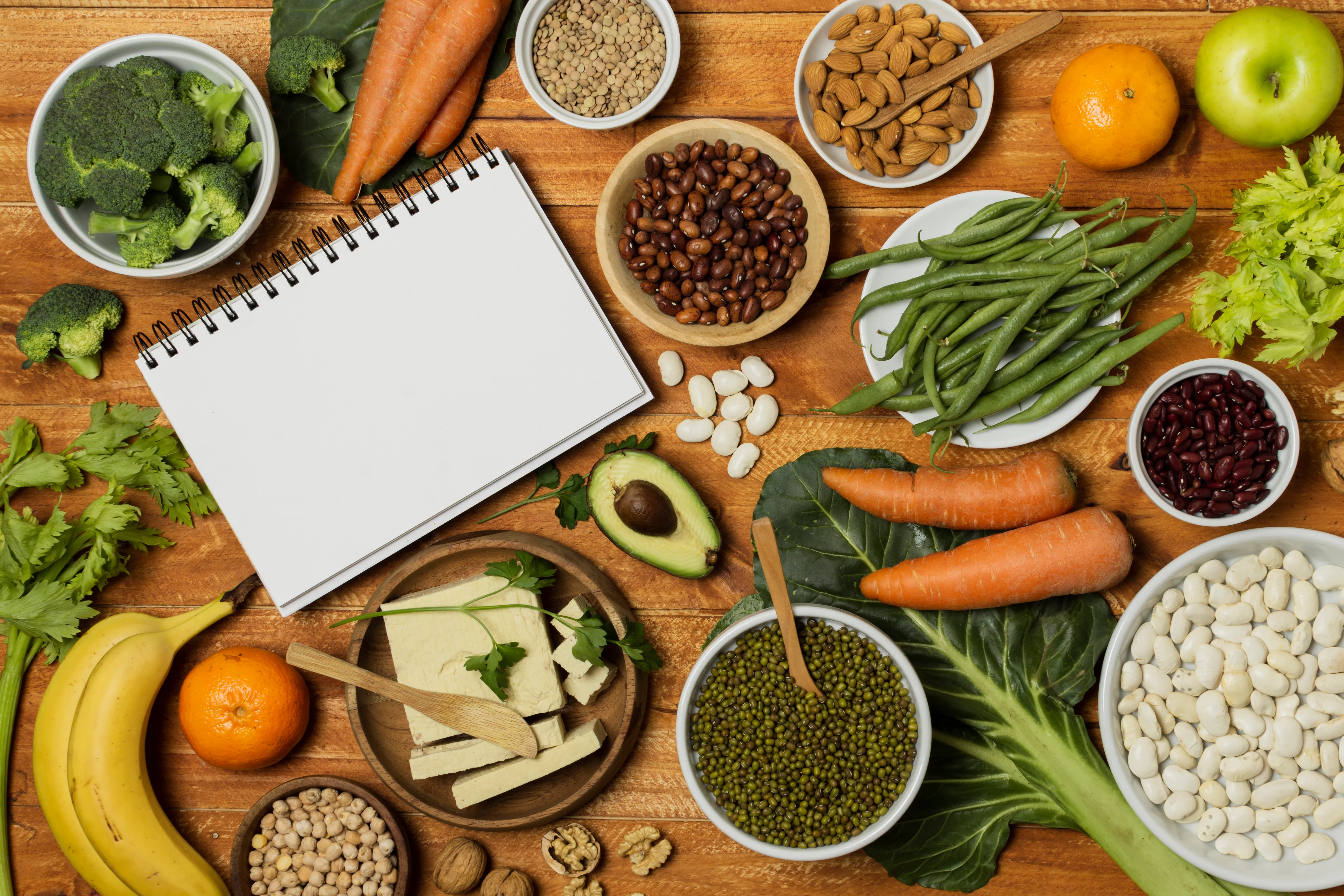
Looking to boost your protein intake on a vegetarian diet? Explore India's high-protein vegetarian foods! From legumes to plant-based options, we've compiled a list to support your health and fitness goals without compromising on flavor. Discover the delicious choices that Indian cuisine offers and elevate your protein intake to new heights. Join us on this flavorful journey celebrating the richness of vegetarian fare in India.
- Importance of Protein in a Plant-Based Diet
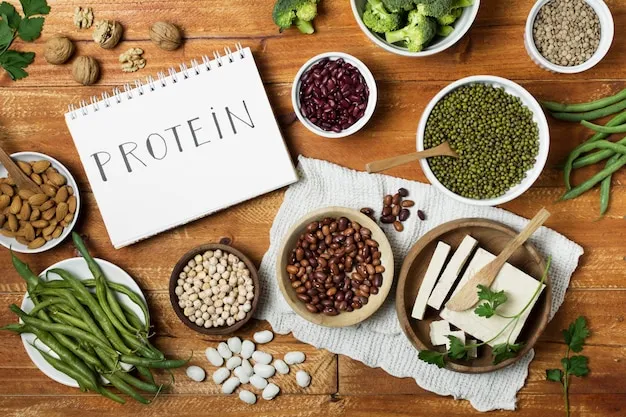
Protein is a crucial nutrient that plays a vital role in maintaining overall health and well-being. It serves as a fundamental component of every cell in our body, contributing to the growth, repair, and maintenance of various tissues. While meeting protein requirements can be a challenge for vegetarians and individuals following plant-based diets, India offers a wide range of high-protein plant-based foods.
- Lentils (Dal): A Protein Powerhouse
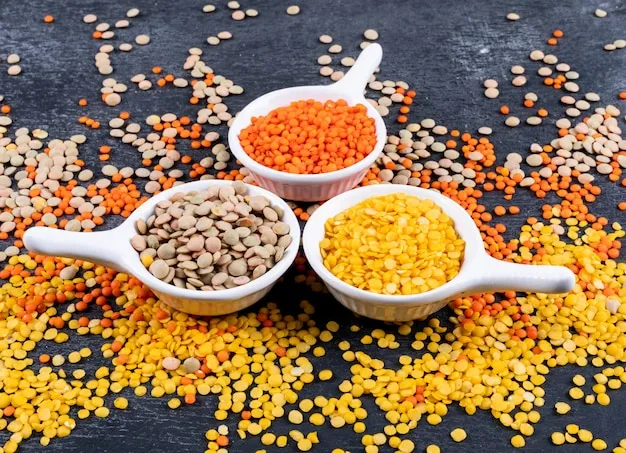
One of the most popular high-protein vegetarian foods in India is lentils, commonly known as dal. Lentils provide an excellent source of protein, containing approximately 18 grams per 100 grams. They are also rich in fiber, iron, and other essential minerals. Dal, a staple in most Indian households, is the primary form in which lentils are consumed.
- Chickpeas (Chana): Nutrient-Dense Legume

Another protein-rich food widely consumed in India is chickpeas, also known as chana. With approximately 19 grams of protein per 100 grams, chickpeas offer a significant protein source alongside fiber, iron, and other essential minerals. Chana dal, derived from chickpeas, is a popular ingredient in curries and various dishes across India.
- Soybeans (Soya): Versatile Plant-Based Protein
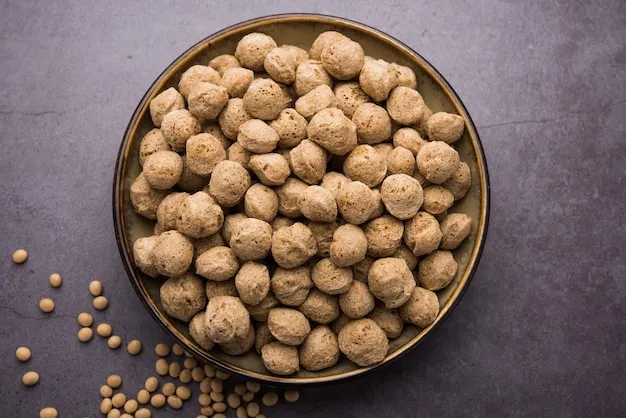
Soybeans, or soya, provide another substantial protein option in Indian cuisine. With around 36 grams of protein per 100 grams, soybeans offer an impressive protein content in addition to fiber, iron, and other essential minerals. Soy milk, tofu, and soy chunks are commonly used forms of soybeans, widely incorporated into curries and diverse dishes.
- Green Peas (Matar): Protein and More
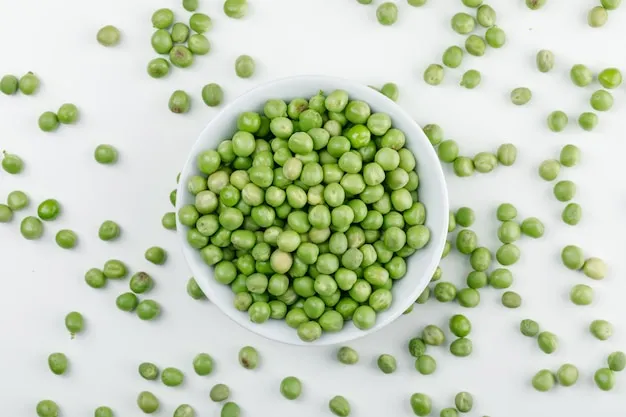
Green peas, known as matar, offer not only a vibrant taste but also a modest protein content of about 5 grams per 100 grams. They are a good source of fiber, vitamin C, and other essential minerals. Green peas are commonly used in curries and contribute to the preparation of Indian breads such as matar kulcha and matar paratha.
- Protein-Rich Nuts, Seeds, and Grains
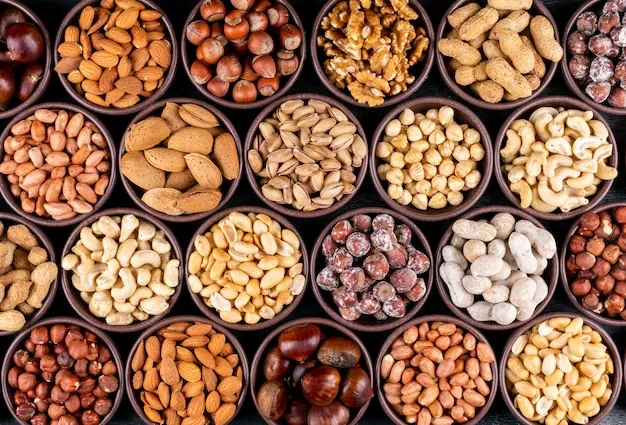
Indian cuisine also boasts a variety of protein-rich nuts, seeds, and grains that are frequently consumed. Almonds, cashews, chia seeds, flax seeds, and quinoa serve as excellent sources of plant-based protein, offering diverse options to meet protein needs.
- The Importance of Variety and Essential Amino Acids
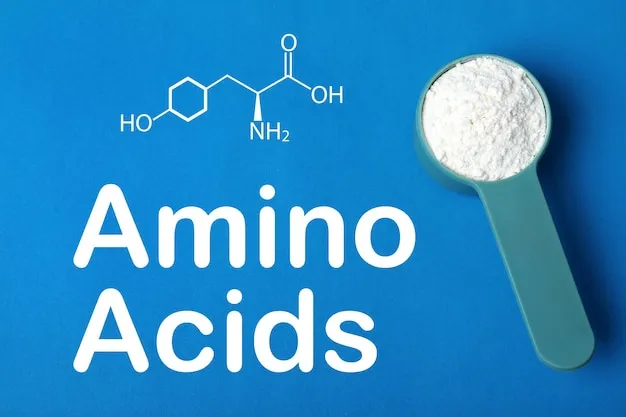
While plant-based protein sources provide a valuable alternative to animal-based proteins, it's important to note that they are considered incomplete proteins, lacking one or more essential amino acids. To ensure a complete amino acid profile, it is crucial to consume a diverse range of high-protein plant-based foods.
Conclusion:
In conclusion, India offers a wide selection of high-protein plant-based foods, including lentils, chickpeas, soybeans, green peas, and a variety of protein-rich nuts, seeds, and grains. These foods not only deliver significant protein content but also provide essential nutrients such as fiber, iron, and minerals. They have become staples in Indian households due to their nutritional value. To optimize protein intake, it is advisable to include a variety of high-protein plant-based foods in your diet, ensuring the consumption of all essential amino acids required by the body.
References:
USDA National Nutrient Database for Standard Reference, Release 28.
Patel, Sejal, et al. "Protein content and amino acid composition of commercially available plant-based protein isolates." Food chemistry 338 (2021): 127901.
Sharma, Kavita, et al. "Health Benefits of Legumes and Pulses with a Focus on Chickpea (Cicer arietinum L.): A Review." Food Reviews International (2020): 1-29.
Abdi, Hamid, and Xiaohua Wang. "A Review on Legume Processing Technologies and Their Impact on Nutritional and Anti-Nutritional Contents." Food Reviews International 35.6 (2019): 564-586.
Gupta, Rajib, et al. "Soy and health update: Evaluation of the clinical and epidemiologic literature." Nutrients 10.1 (2018): 55."



